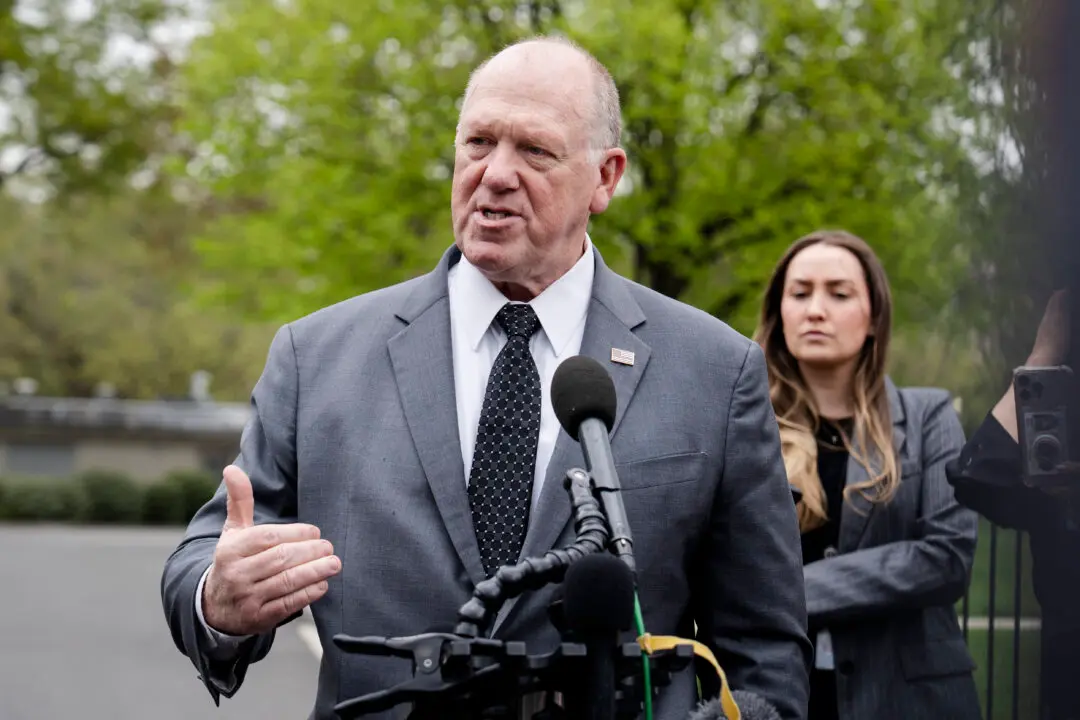Boeing is replacing its CEO, Dennis Muilenburg, as the planemaker seeks to “restore confidence” amid the fallout from two crashes of its bestselling 737 MAX commercial jet.

The leadership changes come as Boeing’s struggles with the repercussions from two deadly 737 MAX crashes—one in Indonesia and another in Ethiopia that killed a total of 346 people—drag into 2020, including the company’s move to suspend production of the model in January. It’s the planemaker’s biggest assembly-line halt in more than 20 years.
“Under the Company’s new leadership, Boeing will operate with a renewed commitment to full transparency, including effective and proactive communication with the FAA, other global regulators, and its customers,” the company stated.
Lawrence Kellner will become non-executive chairman of the board after Jan. 13.
“On behalf of the entire Board of Directors, I am pleased that Dave has agreed to lead Boeing at this critical juncture,” Kellner said, adding: “Dave has deep industry experience and a proven track record of strong leadership, and he recognizes the challenges we must confront. The Board and I look forward to working with him and the rest of the Boeing team to ensure that today marks a new way forward for our company.”
Calhoun, in a statement, said that he “strongly [believes] in the future of Boeing and the 737 MAX” and is “honored to lead this great company and the 150,000 dedicated employees who are working hard to create the future of aviation.”
“With the MAX return to service date still unknown, pushing our timeline back to early June is what is best for our customers and our operation. By moving the return to service date back more than just a month—as we have done previously throughout 2019—it allows us to have more certainty by providing our customers and our operation a firmer and more definitive timeline,” United Airlines spokesman Frank Benenati said on Dec. 20.
The Boeing MAX crisis has created a drag on the U.S. economy, analysts have said.
The crisis “led to a 20 percent cutback in production, accounting for much of this year’s national manufacturing slump and shaving approximately half a percentage point from GDP growth in the second quarter,” Jim Glassman, head economist for JPMorgan Chase’s commercial banking operation, wrote in September.





